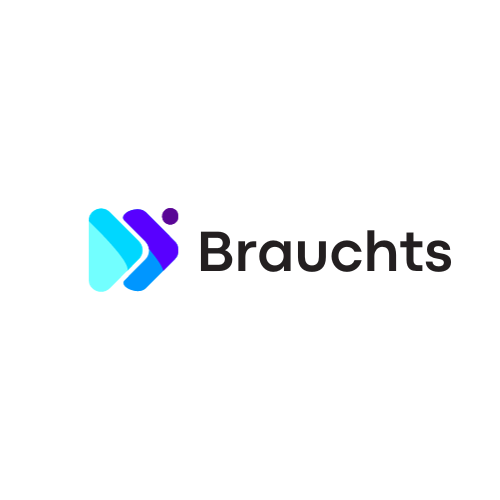Planning for retirement is a crucial financial endeavor that demands careful consideration of various investment options. One such option gaining prominence in recent years is the 401(k) to Gold IRA rollover. This financial maneuver involves transferring funds from a traditional 401(k) retirement account into a Gold Individual Retirement Account (IRA). This article will delve into the intricacies of this process, highlighting its pros and cons.
What is a 401(k) to Gold IRA Rollover?
A 401(k) to Gold IRA rollover is a financial strategy that allows individuals to move funds from their existing 401(k) retirement account, which typically consists of stocks, bonds, and mutual funds, into a Gold IRA. A Gold IRA, also known as a Precious Metals IRA, permits investment in physical precious metals such as gold, silver, platinum, and palladium. This strategy is often chosen by individuals seeking to diversify their retirement portfolio and hedge against economic volatility.
Pros of a 401(k) to Gold IRA Rollover:
- Diversification: Gold has historically demonstrated low correlation with traditional financial markets like stocks and bonds. Adding gold to a retirement portfolio through a Gold IRA can potentially enhance diversification, reducing overall portfolio risk.
- Wealth Preservation: Precious metals like gold have been regarded as a store of value for centuries. During times of economic uncertainty or currency devaluation, gold’s value tends to hold steady or even increase, which can provide a degree of wealth preservation.
- Inflation Hedge: Gold has often served as a hedge against inflation. As the value of fiat currencies decreases due to inflation, the value of gold may rise, helping to offset the erosion of purchasing power.
- Tangible Asset: Unlike stocks and bonds, gold is a physical asset that you can hold in your hand. This tangibility can provide a sense of security, especially for those who are wary of purely digital investments.
- Tax Advantages: The rollover process from a 401(k) to a Gold IRA can often be executed as a tax-free transaction, if done properly. This can help individuals avoid immediate tax liabilities.
Cons of a 401(k) to Gold IRA Rollover:
- Lack of Income Generation: Unlike stocks or bonds, gold does not generate income in the form of dividends or interest. This can be a drawback for those who rely on regular income from their retirement investments.
- Volatility: While gold is generally considered a stable investment, it is not immune to price volatility. Its value can fluctuate in response to a variety of factors, including geopolitical events and changes in supply and demand.
- Storage and Custodial Fees: Physical precious metals need to be stored securely, often requiring the use of specialized storage facilities. These storage services come with associated fees that can eat into potential gains.
- Limited Growth Potential: Unlike investments in stocks or other assets that can experience significant growth, the value of gold tends to increase at a more moderate pace over the long term.
- Market Timing Challenges: Timing the market correctly is difficult, whether you’re investing in stocks or gold. Trying to predict the optimal time to buy or sell gold can be challenging and may lead to missed opportunities or losses.
Conclusion:
The decision to execute a 401(k) to Gold IRA rollover is a complex one that depends on an individual’s financial goals, risk tolerance, and market outlook. While a Gold IRA can offer diversification, wealth preservation, and protection against inflation, it also presents challenges such as lack of income generation and potential price volatility. As with any financial decision, seeking advice from qualified financial advisors and conducting thorough research is crucial before embarking on a 401(k) to Gold IRA rollover journey.
Related Articles:
Is a Gold IRA the Best Investment for a Senior Citizen?
What is the Truth About Gold IRAs?
What does it mean to be IRA approved gold?
